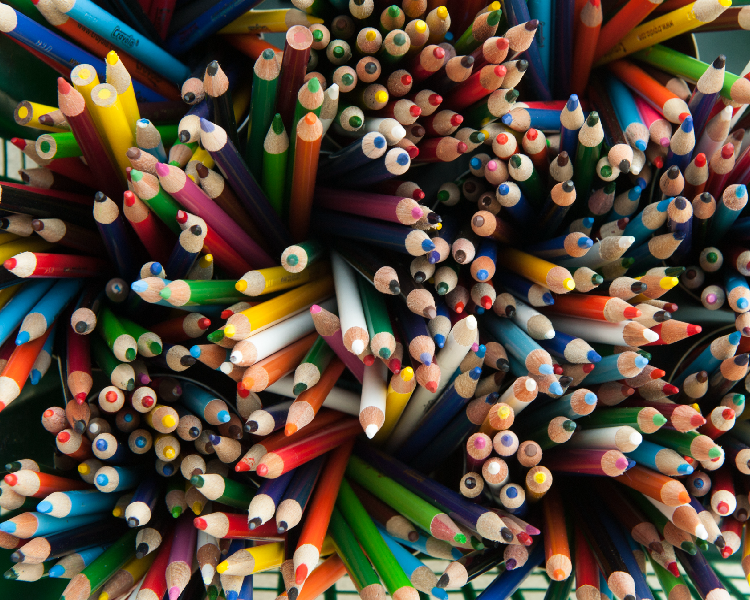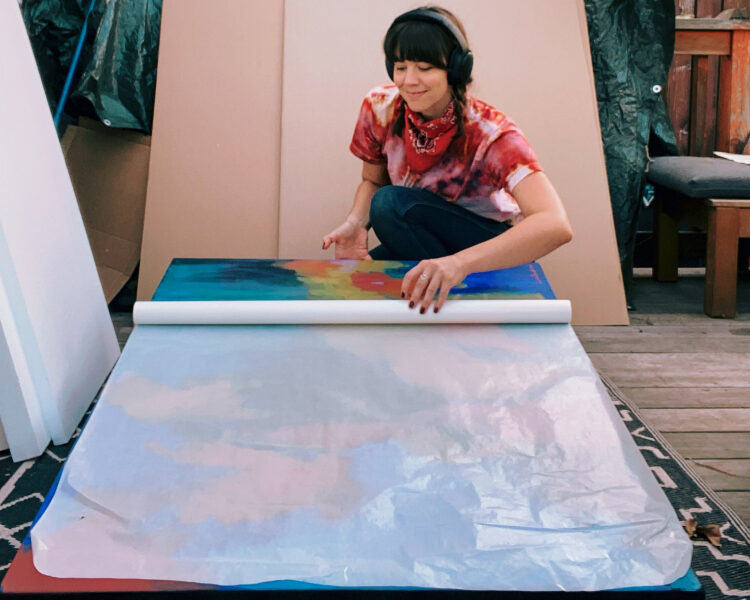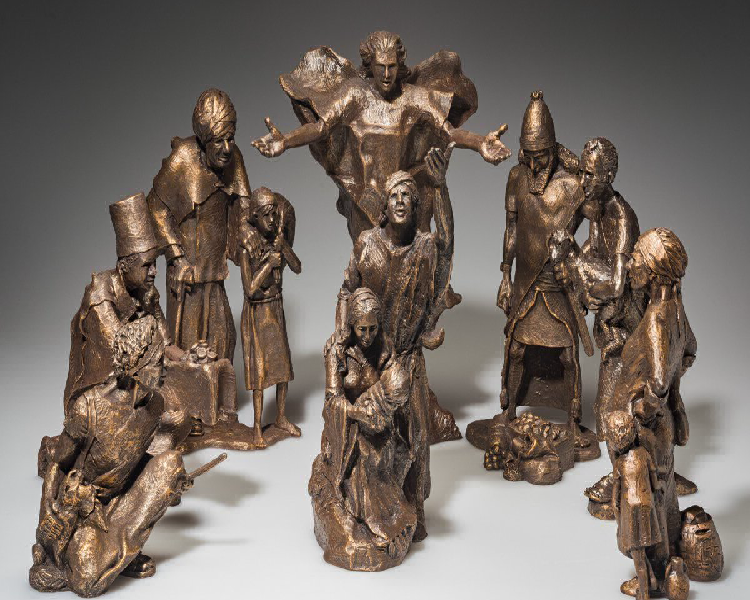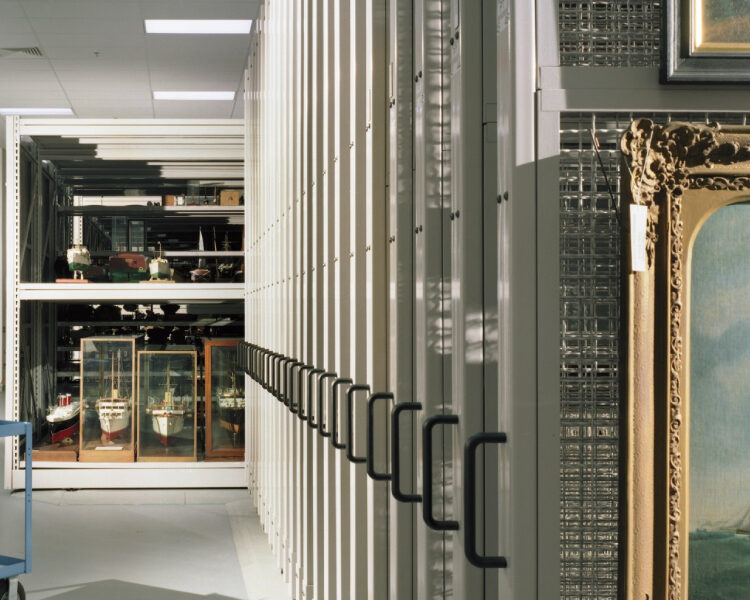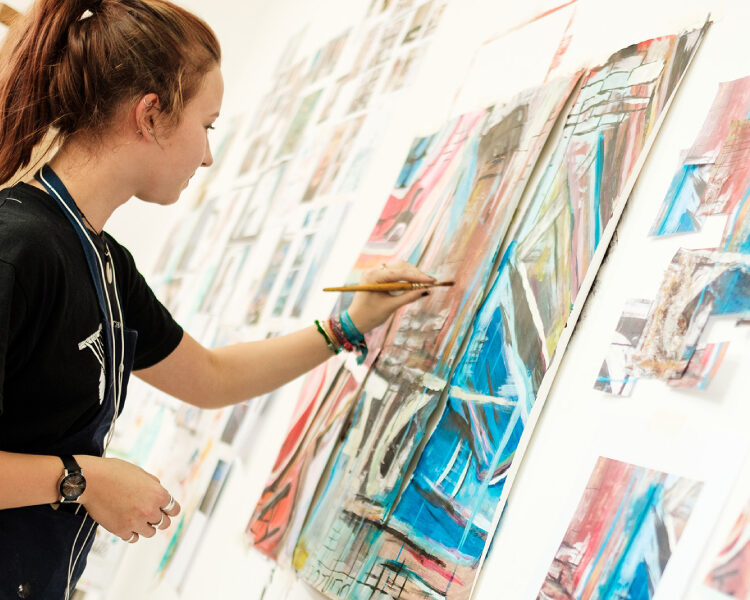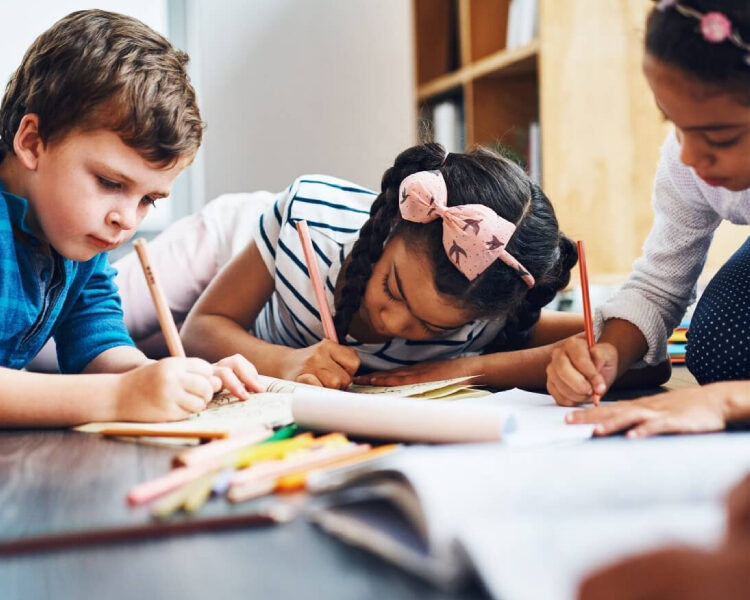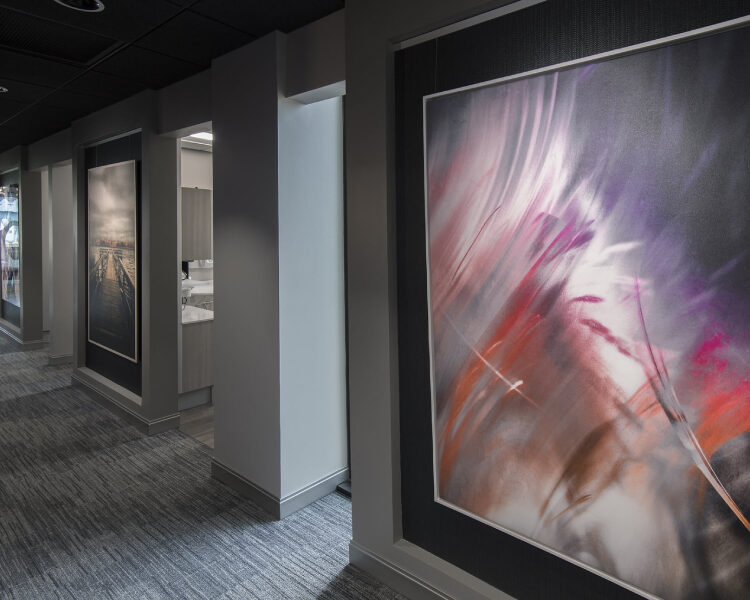
Art has a social impact because it can transform people’s thoughts, instil values, and convey experiences beyond space and time. Art, according to research, affects one’s inner sense of self.
Music, literature, sculpture, painting, and other art and culture forms are commonly seen as custodians of society at large collective memory. Historical evidence records cannot represent how it seemed to be in a certain area at a certain moment. As art is so important to culture and society, it is highly valued, and thousands of people visit major museums around the country each year to see important works.
Aboriginal art of Australia is another instance of art & its impact on society. These works span several generations & were used to pass along passed through generations to one another. This has a sacred meaning. Regardless of the fact that several Aboriginal people have been exiled from their native homelands & their languages have been destroyed, the art acts as a significant reminder of Australia’s heritage. In terms of definition and style, Aboriginal art continues to have an impact on modern art.
Art as a Social Change Agent: Art is commonly employed as a social change agent. It has the capacity to provide a voice to individuals who are socially or politically marginalised. Individuals who hear music, film, or literature may experience strong emotions, pushing them to act immediately. The impact of artwork on society is caused by three factors: the person’s reaction to the artwork, the intrinsic power of the work, and the job’s surrounding environment.
Relationship Among Art & indeed the Human Brain: The relationship among art and the human mind has long attracted the interest of researchers. Newcastle University researchers found in 2013 that viewing contemporary visual art improved the personal lives of nursing care inmates. Furthermore, when people watch theatrical arts like dancing, the brain picks it up on the gestures and imitates them.
Art, in particular, activates the primary reward centres. Attending a museum has several positive impacts on people, per a study carried out by The University in Queensland of Australia. This entails enhanced critical thinking abilities as well as a stronger eagerness to learn & experience new things.
Art and Society There is a proven, beneficial relationship between school children’s arithmetic and reading grades and their engagement in theatrical or musical activities. Art also brings people together and allows them to feel a part of the community. It enables you to socially connect with others.
Art and the Individual: As per the association of the National Art Education Association, artwork provides artists with a constructive outlet. By acting as an extension of the self, art can also serve to fulfil the human desire for self-expression and fulfilment.
Art and Economics: Art may be profitable. Many people work in the development, management, and distribution of art. Furthermore, countries with a higher proportion of talented artists tend to be greater. This is due to the fact that the arts, such as gastronomy, architecture and music, are vital to many economic engines. Since art is an important part of everyday life, many occupations directly involve themselves with art & artistic activities.


